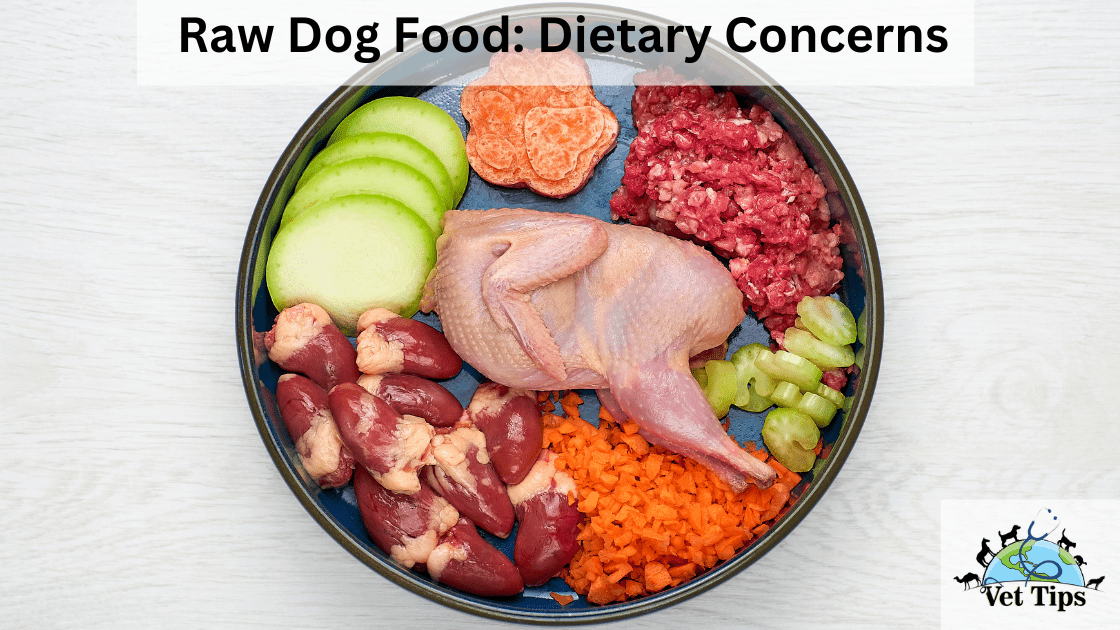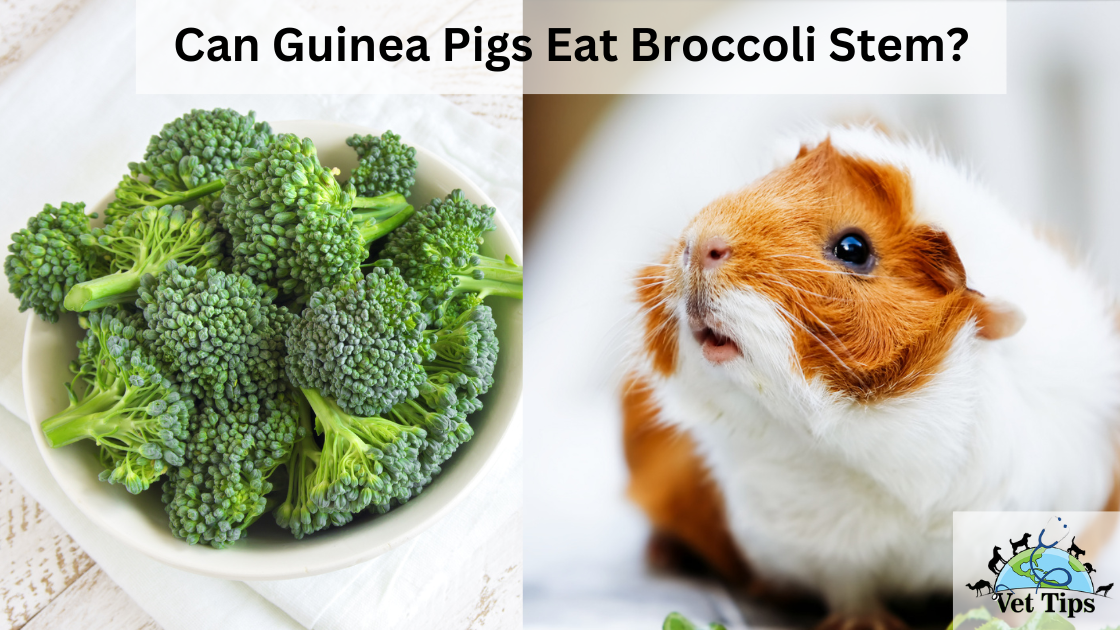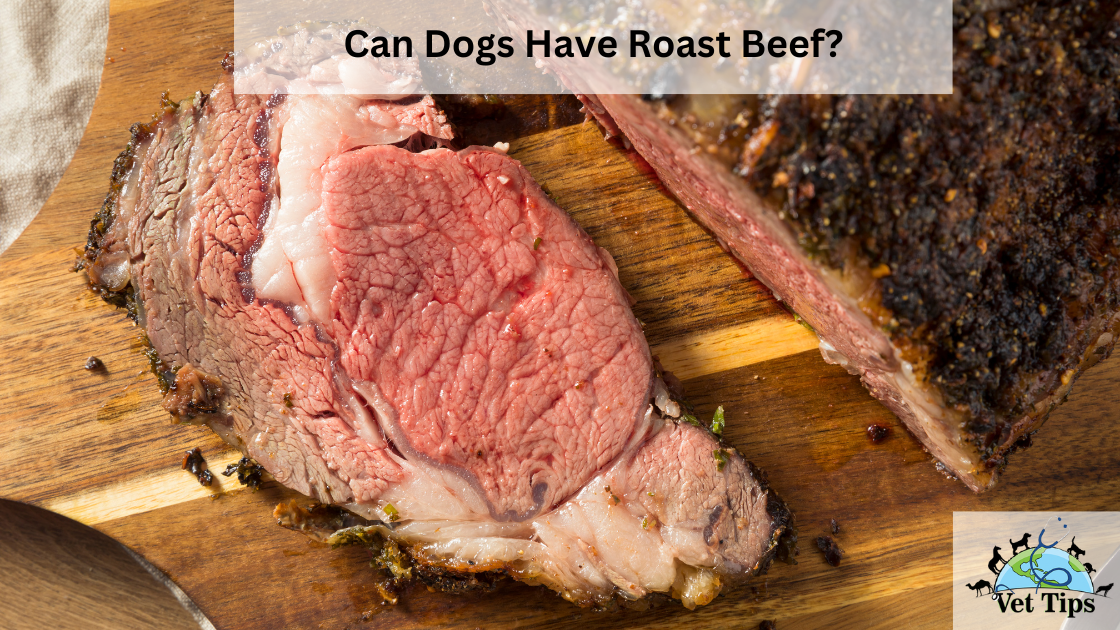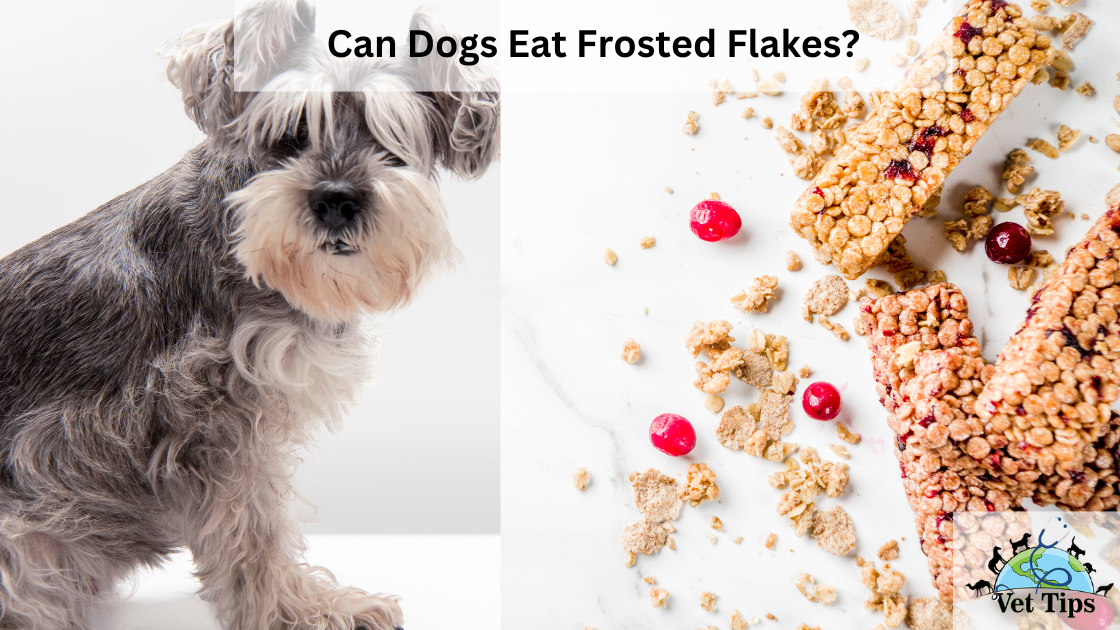Raw dog food diets have gained popularity among pet owners seeking to provide their dogs with a more natural and species-appropriate diet. Advocates of raw feeding believe that it offers numerous health benefits for dogs. However, it’s essential to be aware of certain dietary concerns associated with raw dog food. In this article, we will discuss all about “Raw Dog Food: Dietary Concerns”.
Continue reading to learn more about it.
Raw Dog Food: Dietary Concerns
Diets consisting solely on raw dog food are divisive. Nonetheless, raw meat, bones, fruits, and vegetables are becoming increasingly popular as a part of a healthy diet.
Raw food diets have been used for many years by racing greyhounds and sled dogs. Ian Billinghurst, an Australian veterinarian, came up with the notion of extending such feeding methods to the family pet in 1993. He was the first to propose it. His dietary recommendations were dubbed the BARF diet, which is an abbreviation that stands for Biologically Appropriate Raw Food.
Billinghurst proposed that adult dogs would thrive on an ancestral diet based on what canines ate before they were domesticated: raw, meaty bones and vegetable scraps. He asserted that grain-based commercial pet meals were detrimental to a dog’s overall health.
A raw dog/canine food diet generally consists of the following ingredients:
- Muscle meat that is frequently served with the bone
- Eggs (raw)
- Bones (whole or ground)
- organ meats, such as liver and kidneys
- Vegetables such as broccoli, spinach, and celery
- Certain dairy products, such as yogurt
- Apples or other types of fruit
Many mainstream veterinary doctors, as well as the FDA, also support giving raw food to pets. There have been numerous studies published in veterinary publications that have demonstrated the advantages of raw meals.
The following are some of the possible advantages of a raw dog food diet that proponents claim:
- Cleaner teeth
- Coats with a higher sheen
- Healthier skin
- Smaller stools
- Increased levels of energy
Risks
The following are examples of potential risks:
- Bacteria in raw meat poses a threat to the health of humans and dogs.
- If fed to dogs over a lengthy period of time, an imbalanced diet may be detrimental to their health.
- The potential for entire bones to strangle an animal, shatter teeth, or penetrate the internal organs is there.
It was also recommended in the FDA guideline paper that producers handle usual nutrition concerns associated with a raw-meat diet, such as ensuring that the diet had adequate calcium and phosphorus, which are crucial for bone health. Raw-meat diets high in the liver may also provide an excessive amount of vitamin A, resulting in vitamin A toxicity if consumed over a lengthy period of time.
Tell us in the comments, how you like our article “Raw Dog Food: Dietary Concerns”
For similar posts like this, click here.
For the source file click here.





4 thoughts on “Raw Dog Food: Dietary Concerns”